
Everything You Need To Know About A Level Designer
Have you ever pondered why a particular level of a video game is so difficult, or how well its narrative was written? Did the obstacles, easter eggs and other such revelations catch you by surprise and keep you enthralled?
Well, it's a level designer who’s responsible for these. Creating a positive user experience that keeps the player engaged throughout the level for further engagement.

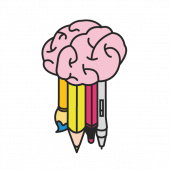
Prerequisite Skills
• Background in Graphic Design
• Idea of programming languages
• Storytelling
• Critical Thinking

Softwares
• GameMaker Studio
• Unreal Engine
• Hammer Source
• Sandbox
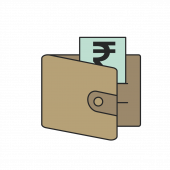
Salary Range
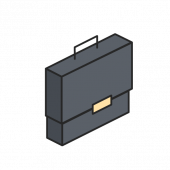
Work in:
• Animation firms
• Various Multimedia outlets
• Freelance
• Film and Television Production Houses
• Software Firms
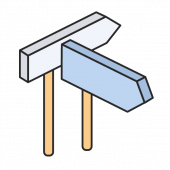
Career Wayforward
• Senior Level Designer → Lead Level Designer
• Freelancer
A great Level Design can elevate a game to greater heights
No matter how good the animation, visual effects, and character detailing are in a game, a poor level design won’t keep players interested in the gameplay for a long time.
Hence, it’s one of the major backbones of game design.
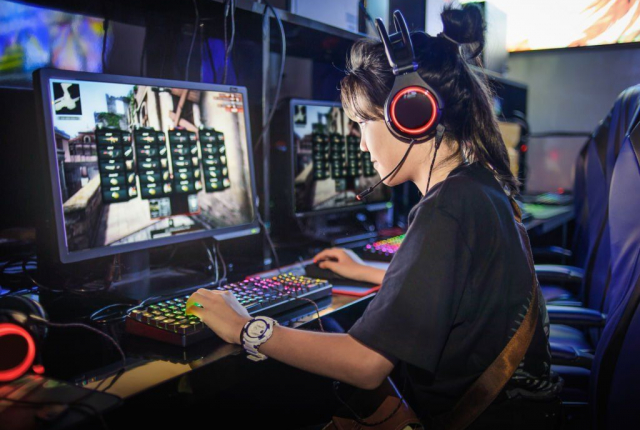

What does a Level designer do?
In simple words, a level designer works on a single (or at times, two) level of a game in a way that enhances the gameplay. These include creating missions for the level, adding obstacles and limitations in detail, after receiving the overall gameplay from the gameplay designer.
They are also responsible for setting up a believable narration and the composition of the level, in line with the game’s objective, which keeps the player interested. This is achieved by level designers when they slide themselves into the player’s seat. Creating and mapping out all possible scenarios that are possible.
They need to operate within these scenarios, keeping in mind the logic and flow of the activities that are going to take place. A logical tying in of all the elements is overseen by level designers, so that they work realistically in unison and efficiently with each other for the player to enjoy the game.
What are the skills required to become a Level designer?
One of the most important skills that a level designer should have is creativity. This helps in crafting missions and challengers for the level. Excellent drawing abilities to comprehend how objects appear in 2D and 3D spaces.
An understanding of gameplay aids in visualising the gameplay mechanics. Having a basic understanding of physics also helps in grasping how objects react to each other based on Newton’s Laws of Motion. An understanding of programming languages helps in understanding back-end scripting. A graphic design background helps in developing more visually appealing and engaging design aesthetics.
Soft skills such as good communication skills help in better team collaboration with other designers on projects.
Where do Level designers get employed?
Lever designers can get employed at 3D modelling firms, media houses, gaming studios. They can also be hired by film and television production houses.
Level designers can also find a foothold in the VFX industry. They can also be called in for creating promotional materials for PR agencies along with building visualisers for software firms.
What is the career scope of a Level designer?
The gaming industry is considered to be more engaging and popular than the music and film industries put together.
With the gaming industry reaching new technological heights, it’s not farfetched to mention that game formats are going beyond just entertainment.
With other non-gaming industries embracing the concept of gaming in their worlds, the profession of level designers is only gaining more traction. This puts them in high demand throughout various industries when it comes to delivering the best user experience related to gaming formats.
Golden rule of level design - Finish your first level last.
